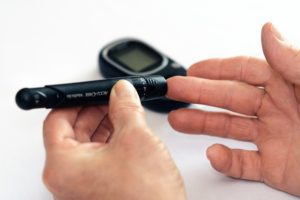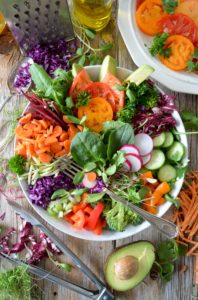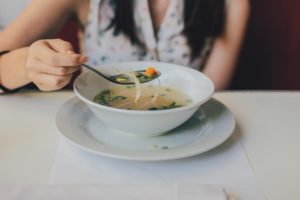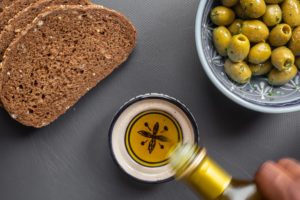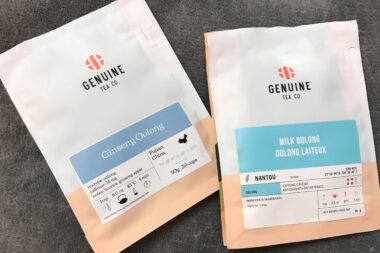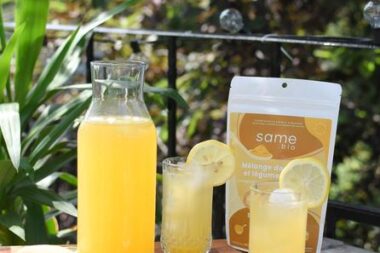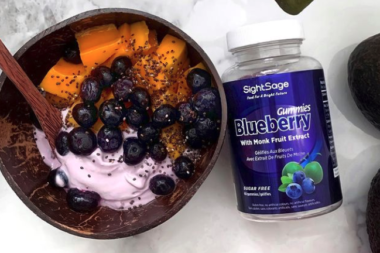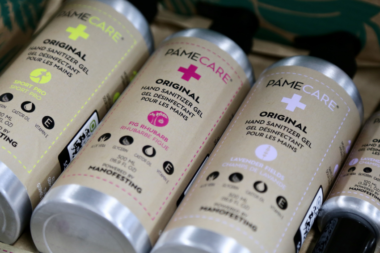What is chronic kidney disease (CKD)?
Chronic kidney disease includes conditions that damage your kidneys and decrease their ability to keep you healthy. If kidney disease gets worse, wastes can build to high levels in your blood and make you feel sick. You may develop complications like high blood pressure, anemia (low blood count), weak bones, poor nutritional health and nerve damage. Also, kidney disease increases your risk of having heart and blood vessel disease. These problems may happen slowly over a long period of time. Chronic kidney disease may be caused by diabetes, high blood pressure and other disorders.
Early detection and treatment can often keep chronic kidney disease from getting worse. When kidney disease progresses, it may eventually lead to kidney failure, which requires dialysis or a kidney transplant to maintain life.
The Facts About Chronic Kidney Disease (CKD)
- Millions of adults have CKD and millions of others are at increased risk.
- Early detection can help prevent the progression of kidney disease to kidney failure.
- Heart disease is the major cause of death for all people with CKD.
- Glomerular filtration rate (GFR) is the best estimate of kidney function.
- Hypertension causes CKD and CKD causes hypertension.
- Persistent proteinuria (protein in the urine) means CKD is present.
- High risk groups include those with diabetes, hypertension and family history of kidney failure.
- Two simple tests can detect CKD: blood pressure, urine albumin and serum creatinine.
What causes CKD?
The two main causes of chronic kidney disease are diabetes and high blood pressure, which are responsible for up to two-thirds of the cases. Diabetes happens when your blood sugar is too high, causing damage to many organs in your body, including the kidneys and heart, as well as blood vessels, nerves and eyes. High blood pressure, or hypertension, occurs when the pressure of your blood against the walls of your blood vessels increases. If uncontrolled, or poorly controlled, high blood pressure can be a leading cause of heart attacks, strokes and chronic kidney disease. Also, chronic kidney disease can cause high blood pressure.
Kidney disease has a lot to do with diabetes which is a very common disease amongst the southasians. So, maintaining a healthy food diet is important and proper nutrition is the key for vital energy, prevention of infections, building muscles and maintaining a healthy weight.
A big part of the southasian diet has to do with vegetables and pulses (daals). So, to the southasians who are vegetarian or even part time vegetarian, can maintain a good healthy vegetarian diet if they have kidney disease. It’s not only safe, but also beneficial to kidney disease patients.
A healthy eating plan gives you the right amount of protein, a proper balance of sodium, potassium and phosphorus, and vitamins/minerals when needed. Let’s take a closer look at general nutritional guidelines for those with early kidney disease (30-50% of normal kidney function) who are not receiving dialysis treatments. Always check with your doctor or dietitian for specific concerns.
Protein
Protein is an important nutrient. Your body needs protein to help build muscle, repair tissue and fight infection. As a kidney patient, you may need to closely monitor the protein you eat to prevent wastes from building up in the blood. Depending on what your healthcare team has recommended for you in terms of meeting your protein needs, these are some foods that may be included in a carefully planned diet:
| Quality Protein | Serving Size = 7 g protein |
| Egg | 1 |
| Veggie type burger | ½ to 1 |
| Seitan (Wheat gluten) | 1 oz. |
| Beans, dried cooked | 1/3 – 1/2 cup |
| Tofu | ¼ – ½ cup |
| Tempeh | ¼ cup |
| Nut Butters | 2 tablespoons |
| Meat, Fish, Poultry | 1 oz. |
| Cottage Cheese | ¼ cup |
Sodium
Vegetarian foods can be very high in sodium. Use as many fresh foods as possible and limit your use of the following:
- Convenience foods such as frozen meals, canned soup, dried soups, miso or packaged vegetable broths
- Soy-based cheese
- Processed dairy cheese
- Meat analogues — this includes such foods as tofu hot dogs, veggie burgers or other canned or frozen soy products
- Salt, soy sauce, tamari sauce or any spices that contain the words sodium or salt
Routine blood testing for your potassium level is the best way to know your potassium needs. If your potassium level is high, try to limit fruit and vegetable choices to five servings per day.
A potassium serving size:
1/2 cup fresh fruit, canned fruit or juice
1 cup fresh vegetables
1/2 cup cooked vegetables
If this does not decrease your serum potassium to the normal range, limit these foods:
| High Potassium Limit 1 per day | |
| Textured vegetable protein | 1/4 cup |
| Soy flour | 1/4 cup |
| Nuts and Seeds | 1/4 cup |
| Dried, cooked beans or lentils | 1 cup |
| Dried cooked soybeans | 1/2 cup |
| Tomato products | 1/4 cup |
| Potatoes | 1/2 cup |
| Dried fruit | 1/4 cup |
| Tropical fruit | 1/2 cup |
| Melons | 1/2 cup |
If you use a lot of beans or textured vegetable protein, alternative protein selections may be needed in order to keep potassium levels from going too high. This will mean using more tofu, tempeh, seitan and eggs or, if you prefer, some meat, fish or poultry to meet protein needs.
Phosphorus
Dairy products, dark colas and processed foods, even vegetarian processed foods, can be a source of concentrated phosphorus. To keep your phosphorous in a healthy range, avoid dark colas, and processed foods containing phosphate additives. In addition, limit the following foods:
| High Phosphorus Limit 1 per day | |
| Milk | 1 cup* |
| Cheese | 2 ounces |
| Pudding or custard | 8 ounces |
| Yogurt | 8 ounces |
| Soy cheese | 4 ounces |
| Soy yogurt (non-fortified) | 12 ounces |
Rice milk and up to two cups of soymilk per day can be used as a replacement for milk. Avoid commercial non diary creamers as most contain phosphate additives.
Grains, Breads and Cereals
Whole grains are a means to fill out your diet with many healthy nutrients and fiber. Even though many whole grains are slightly higher in phosphorous than white breads and grains, the phosphorus in whole grains is absorbed less efficiently. This is because of a substance called “phytate” in whole grains that keep the phosphorus from being absorbed. For grains that are more processed and do not have phytates, phosphorous is absorbed almost 100%, while whole grains are only absorbed at 20-50%. So, fill your diet out with at least 6 servings of whole grains per day. Good selections are whole grain pastas, brown rice, barley, quinoa, millet, couscous and amaranth.
Vitamins and Minerals
Almost all vitamins and minerals come from the foods you eat. Your body does not make these substances. People with healthy kidneys who eat a variety of foods from all the food groups can get lots of vitamins and minerals. Your kidney diet limits some food groups; therefore, you may not be getting all the vitamins and minerals you need each day. It may be important for you to take certain amounts of some vitamins and minerals in the form of supplements.
Most people will require a water-soluble vitamin without fat-soluble vitamins or minerals. Mineral levels will need to be checked individually to determine if a supplement is needed. Speak to your kidney doctor or dietitian. They can help you learn about vitamins and mineral supplements that could be necessary if you have kidney disease.

